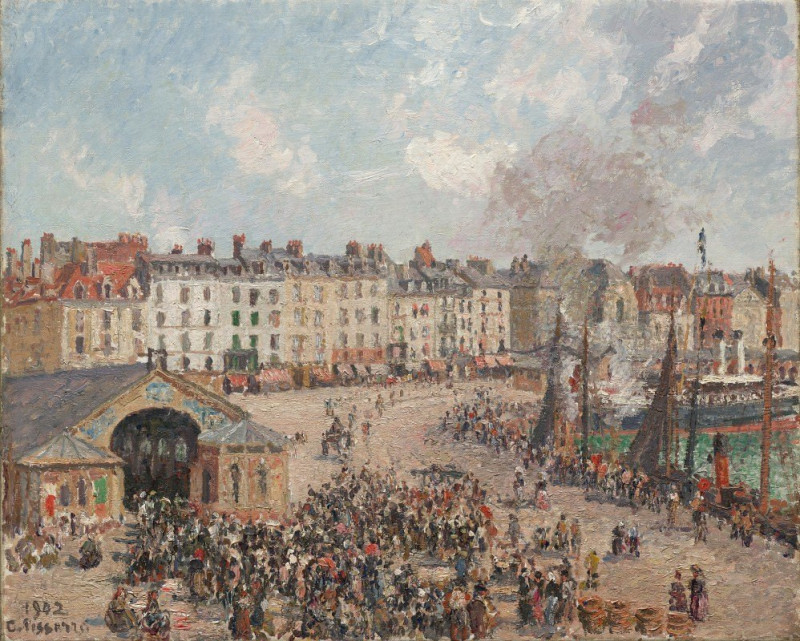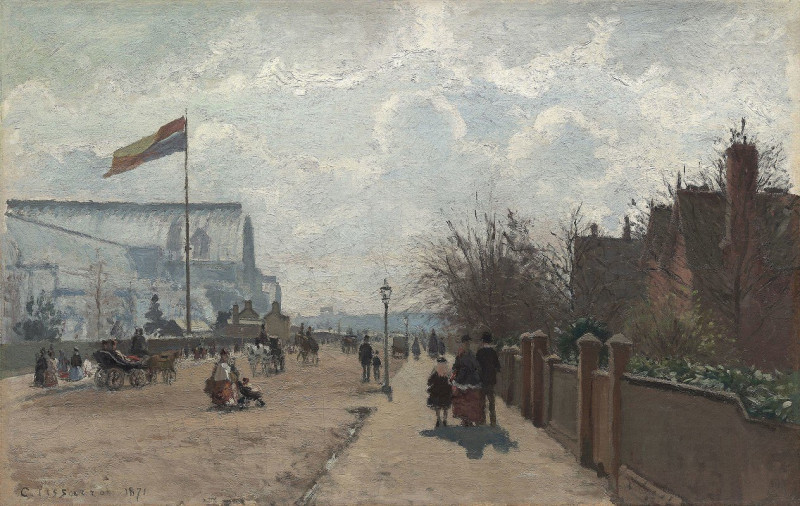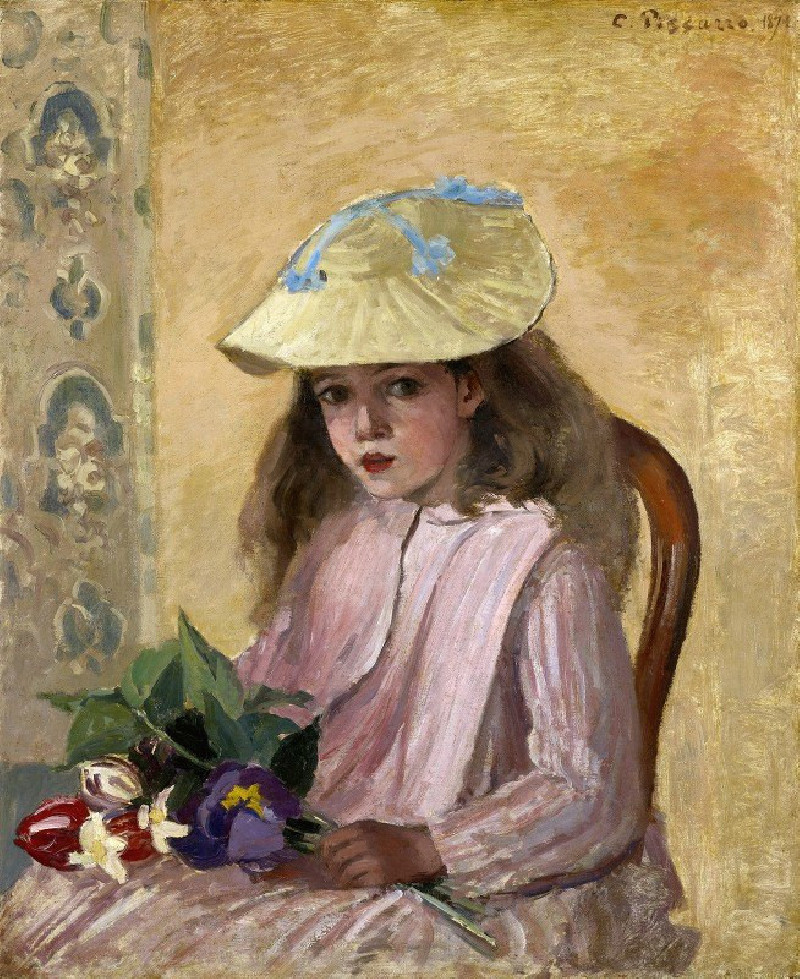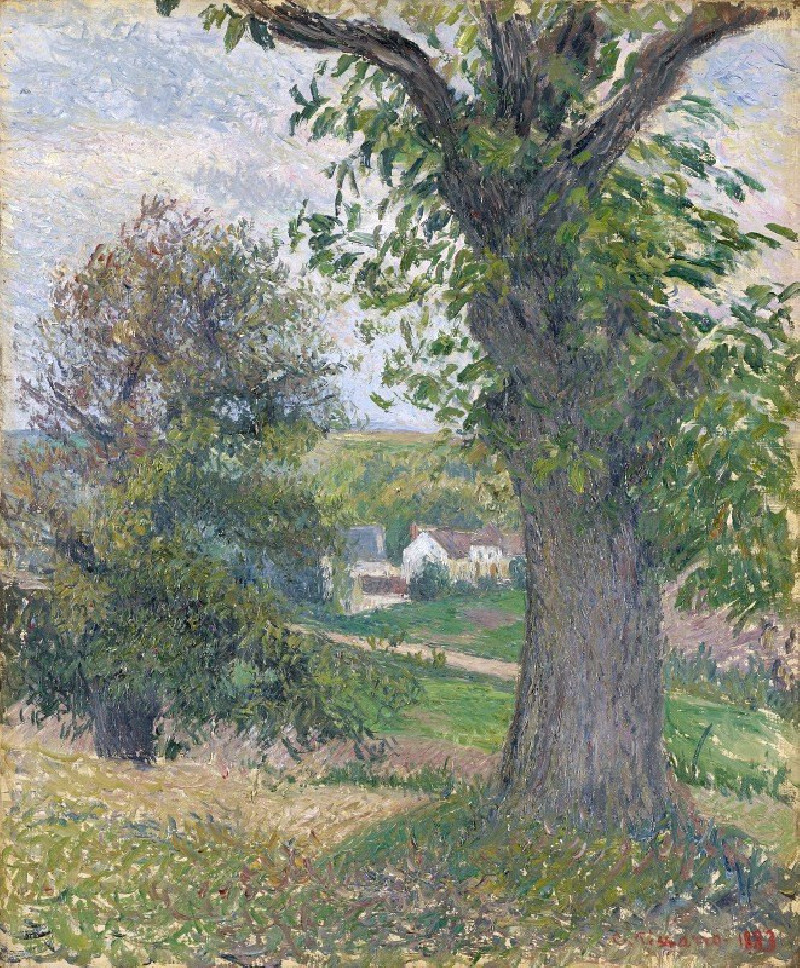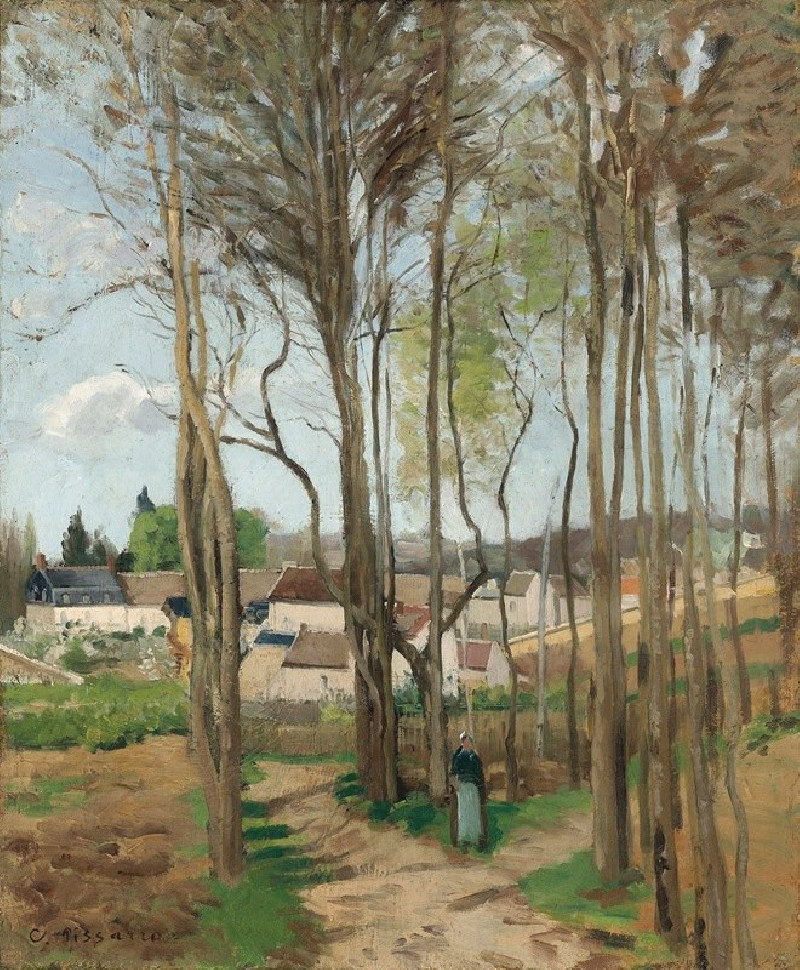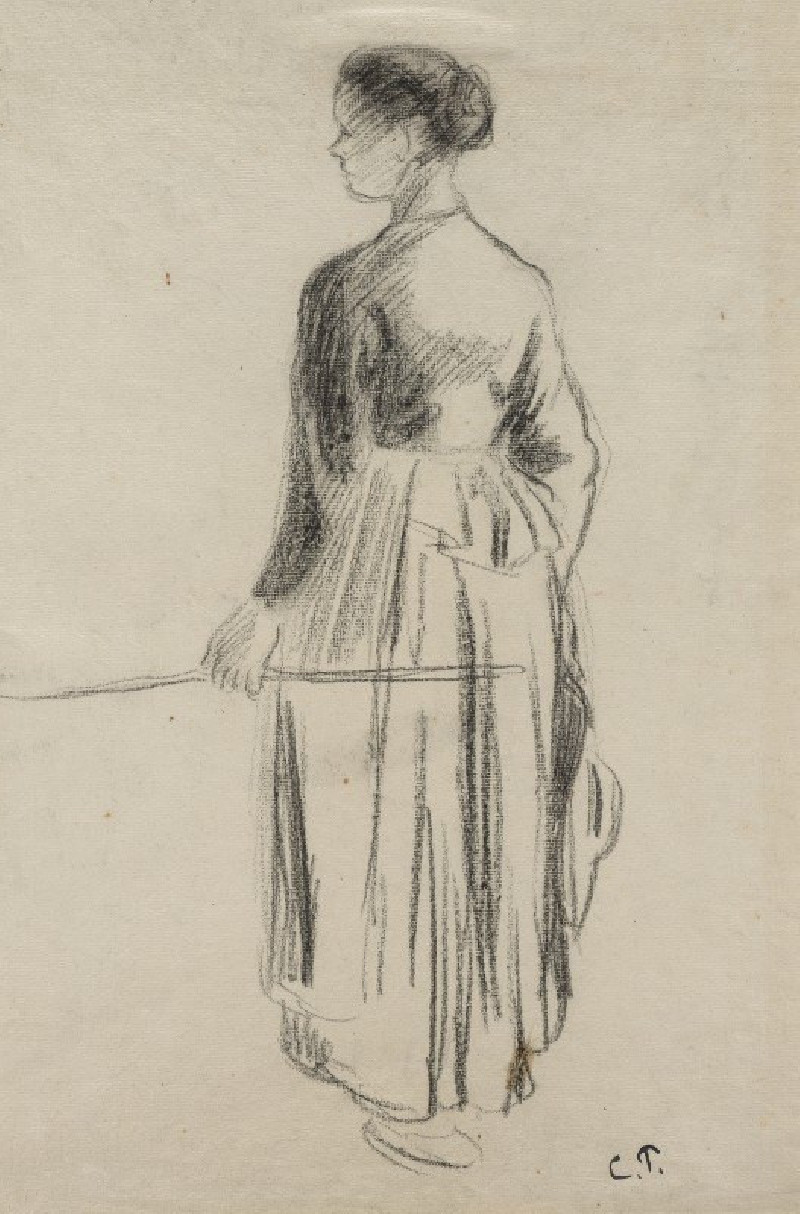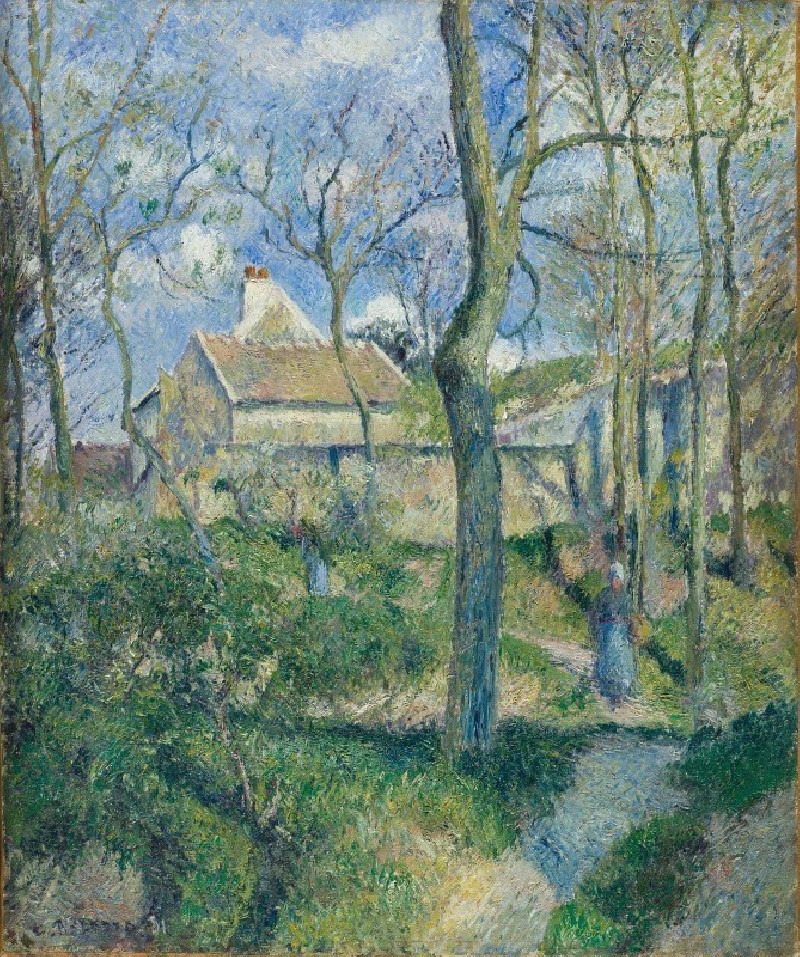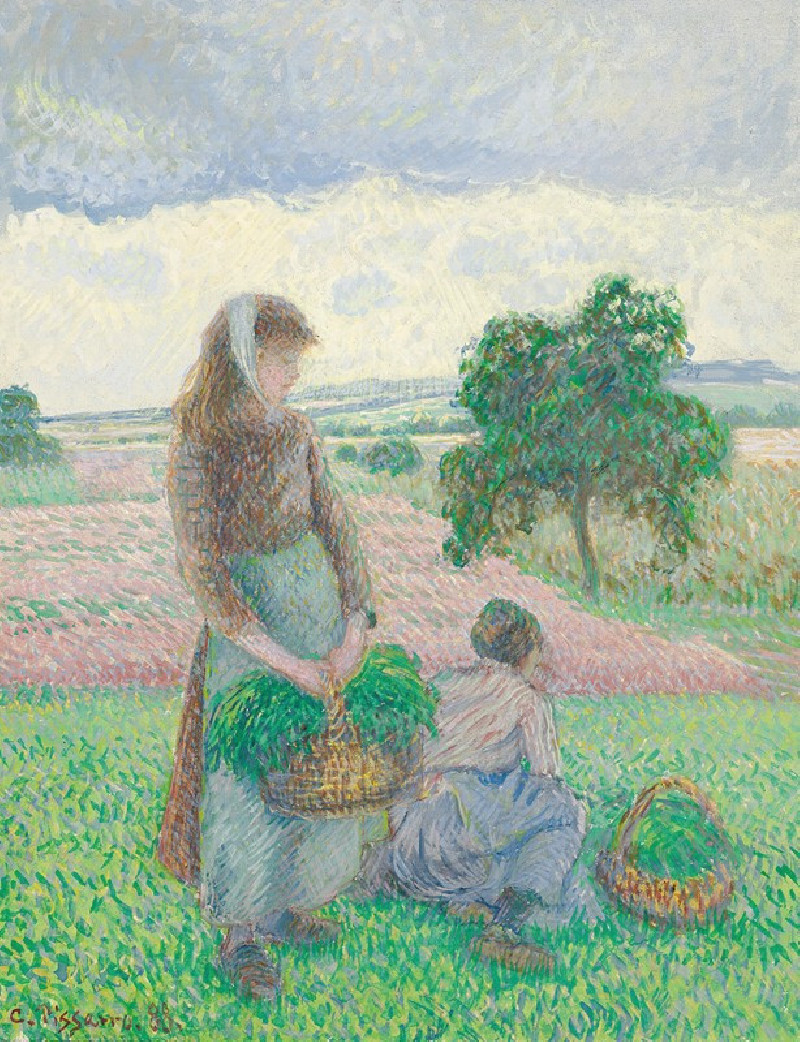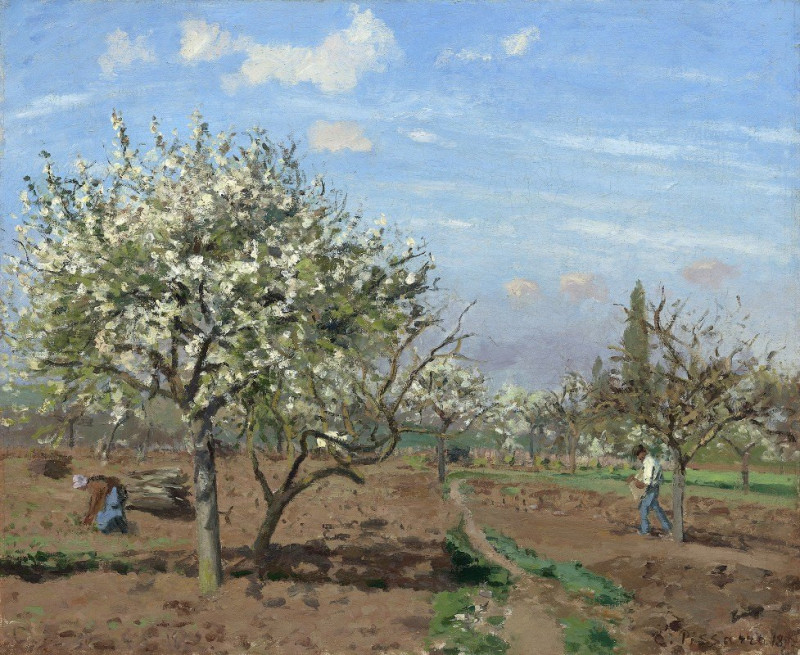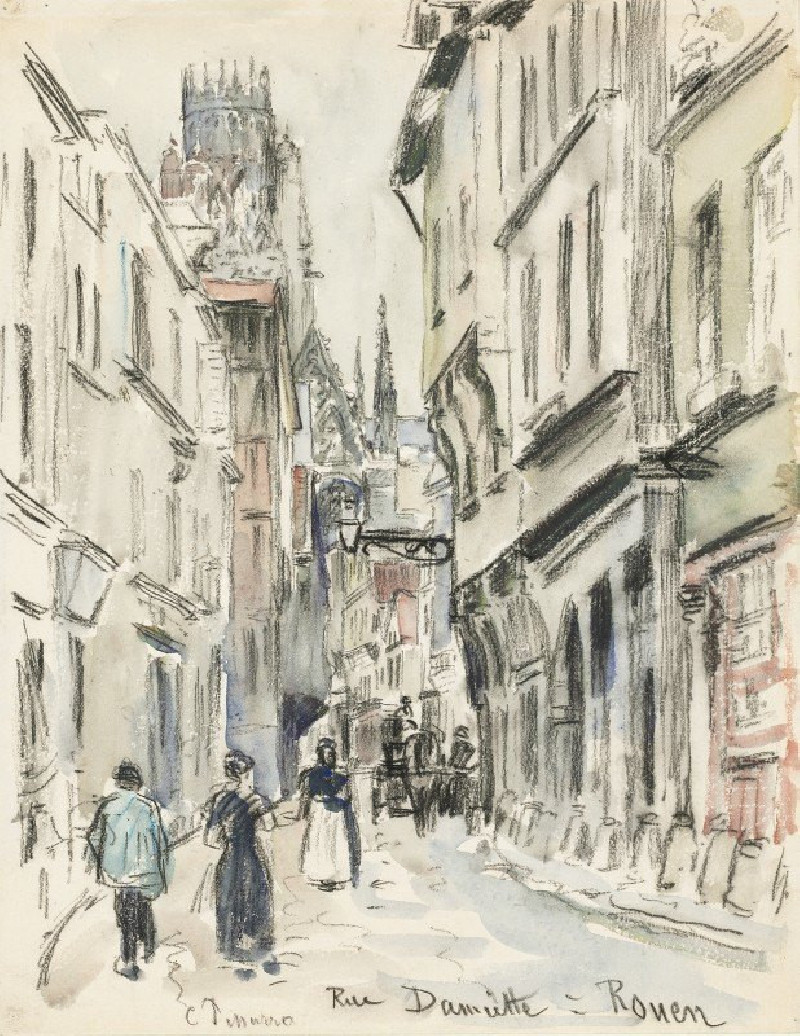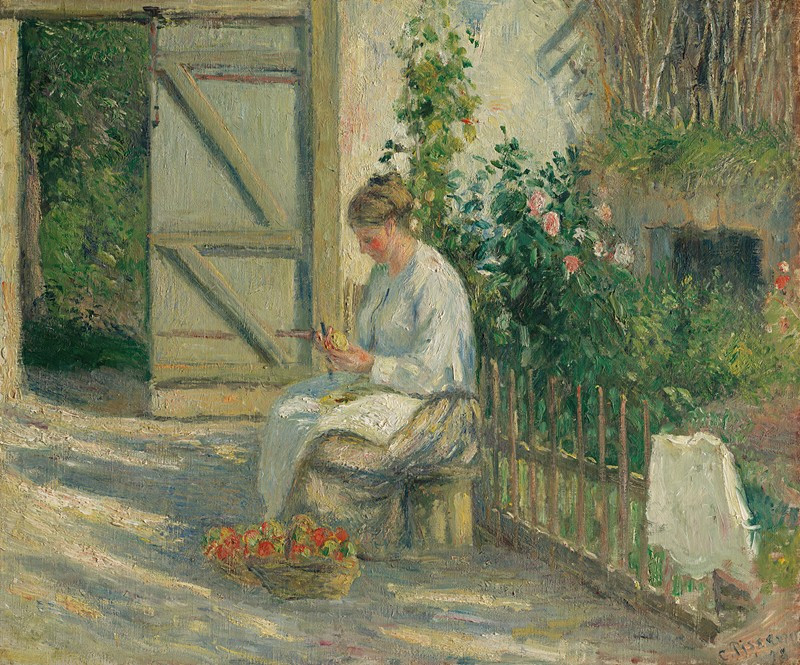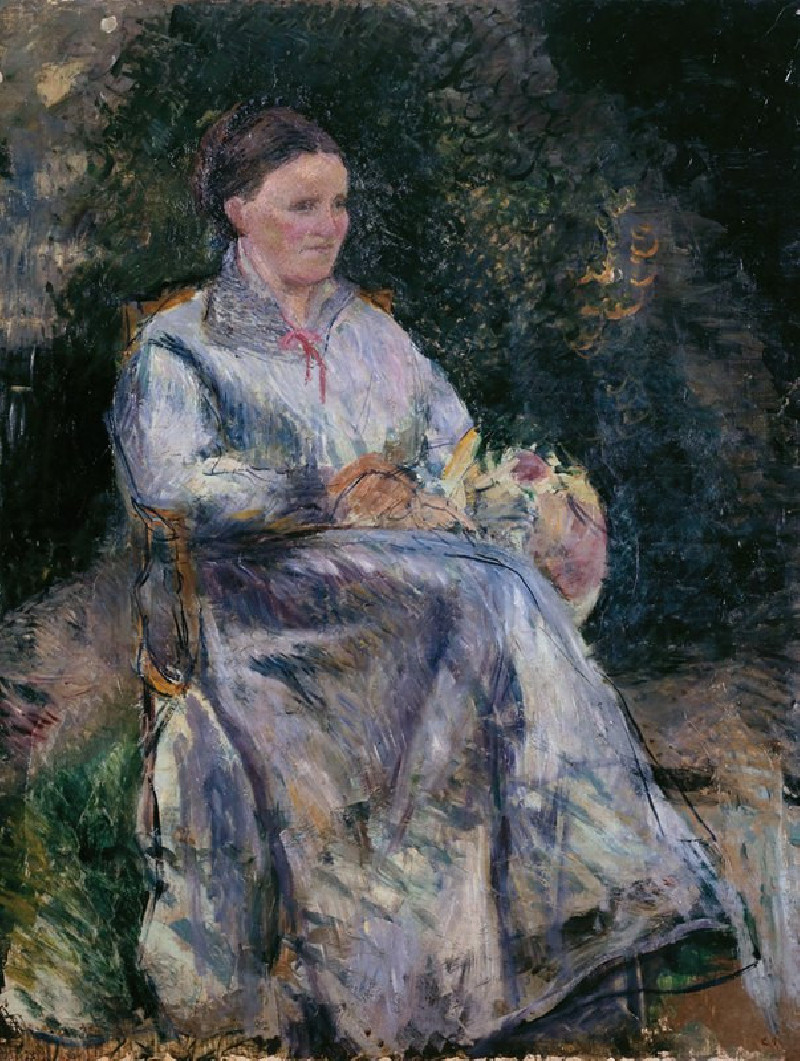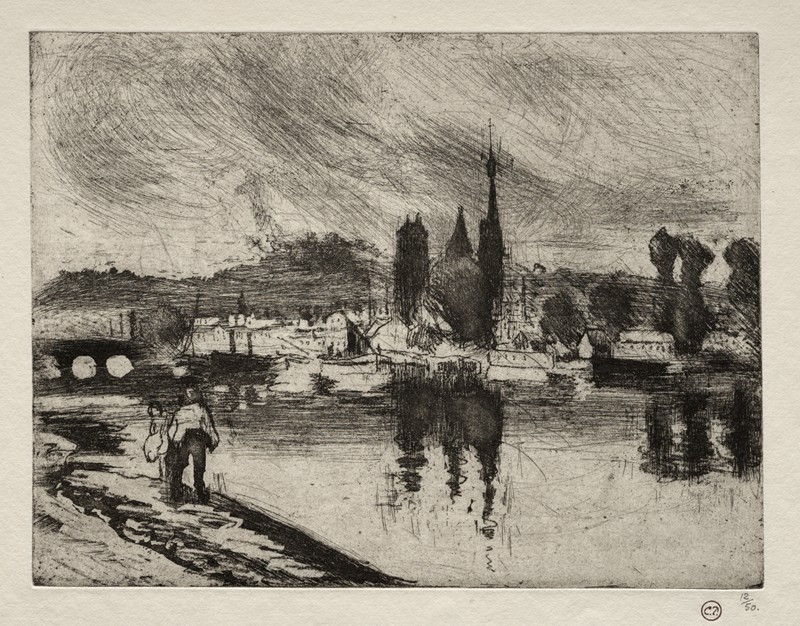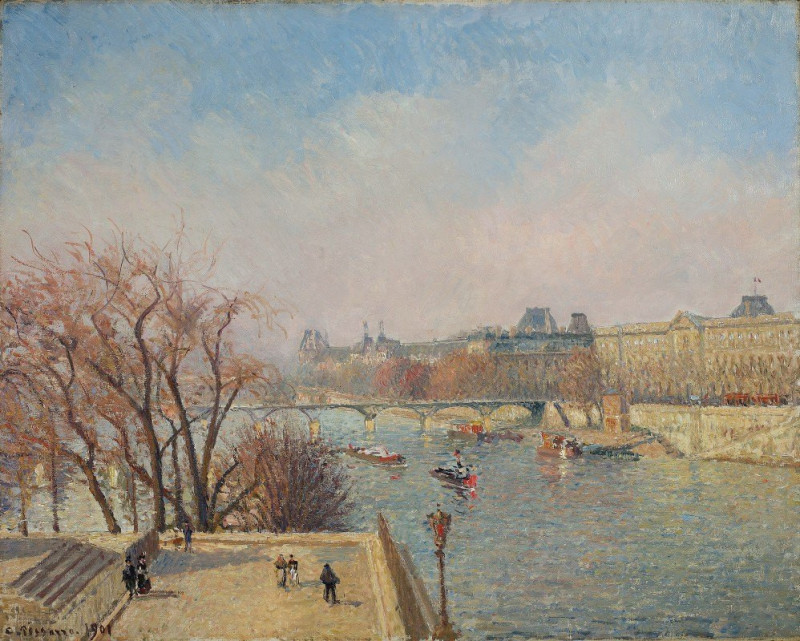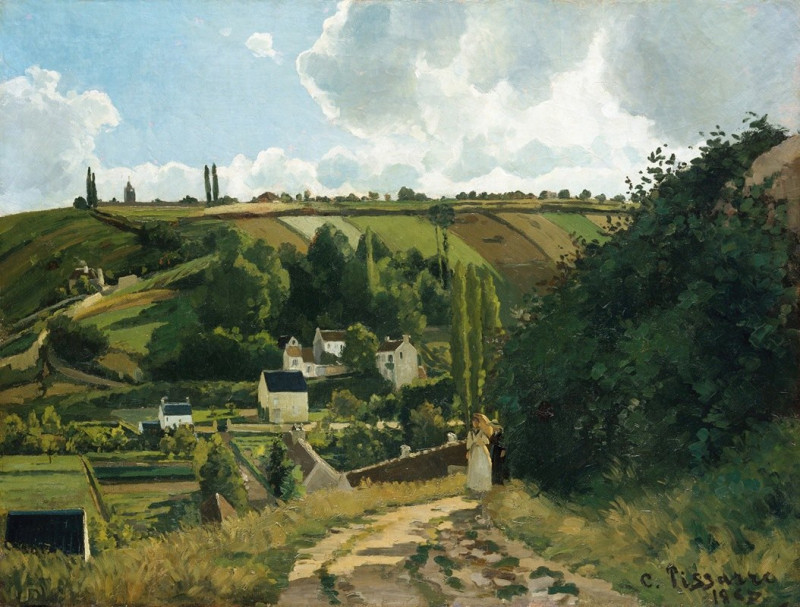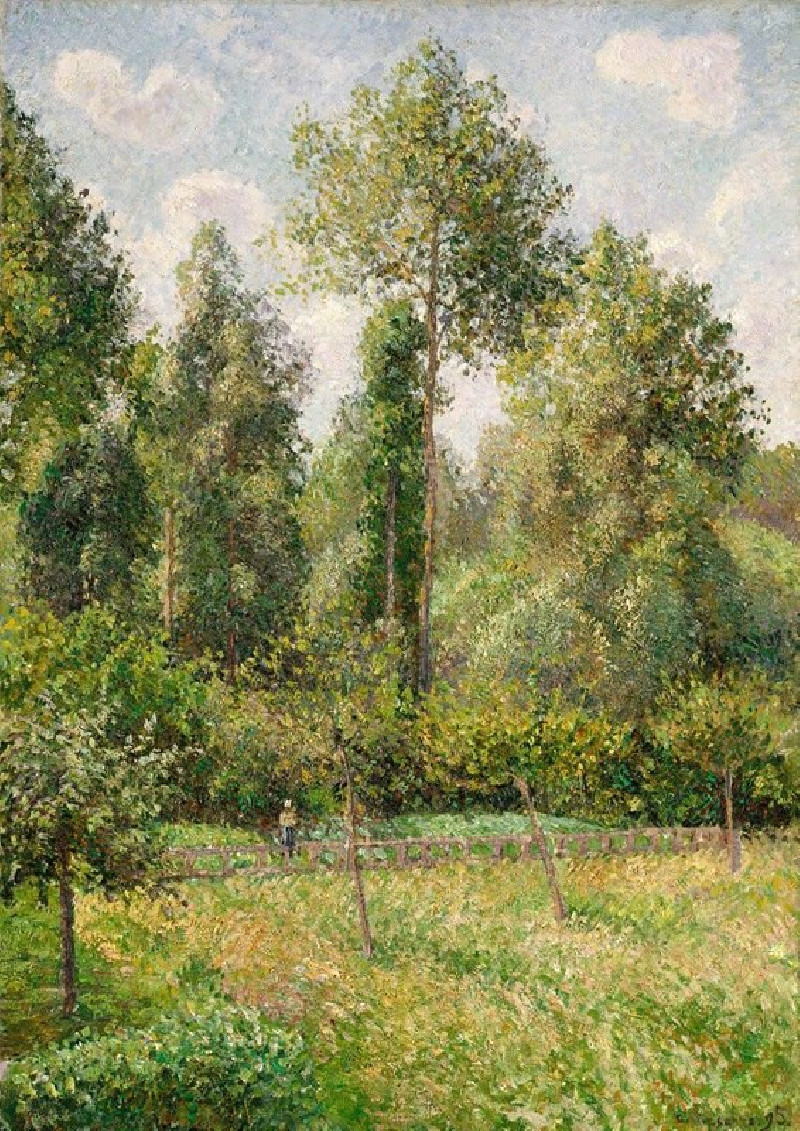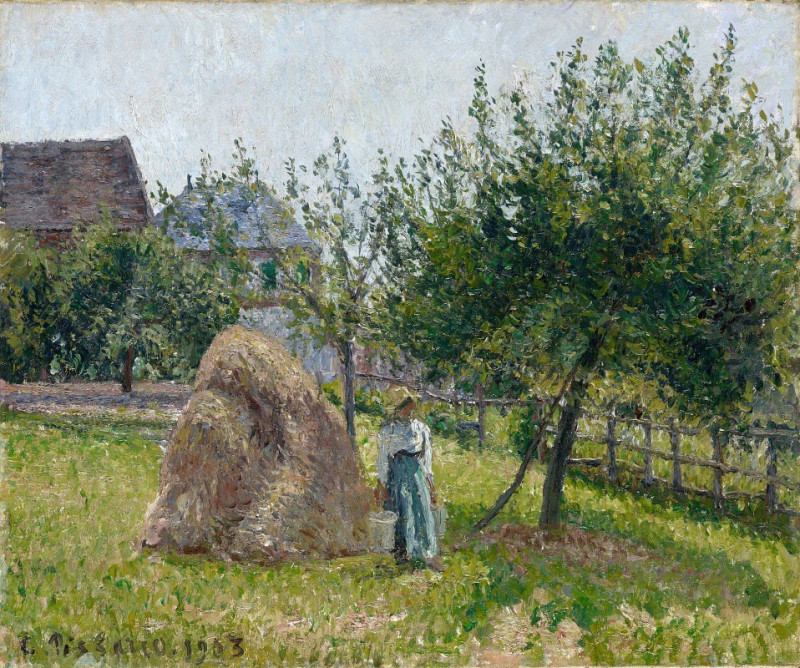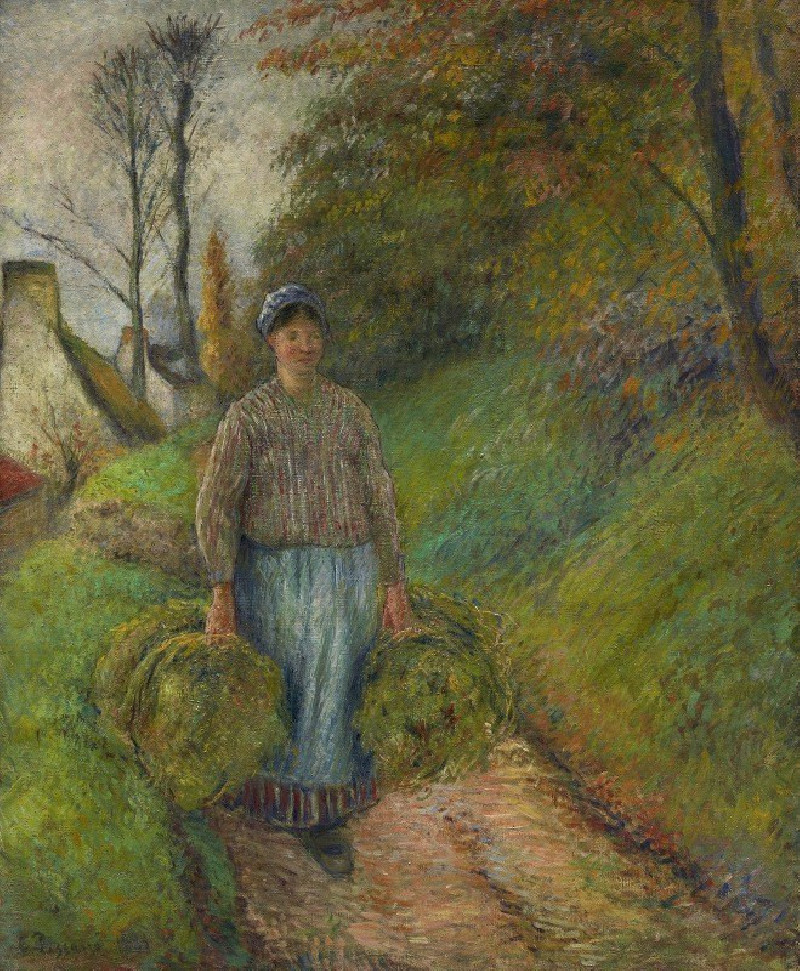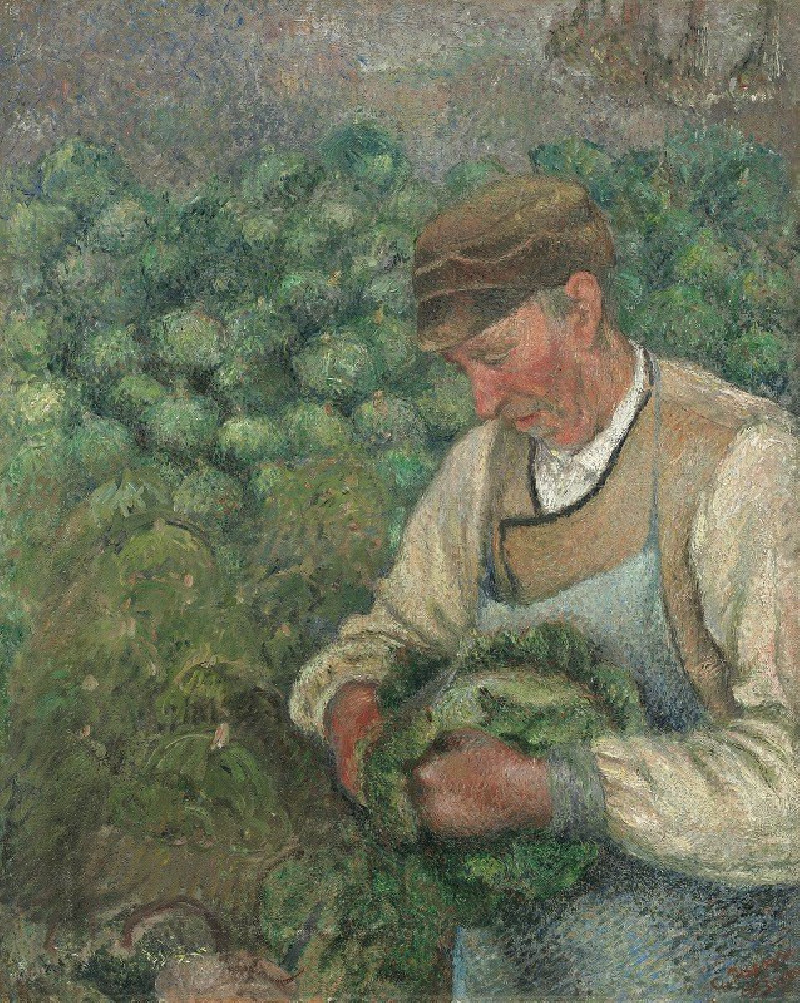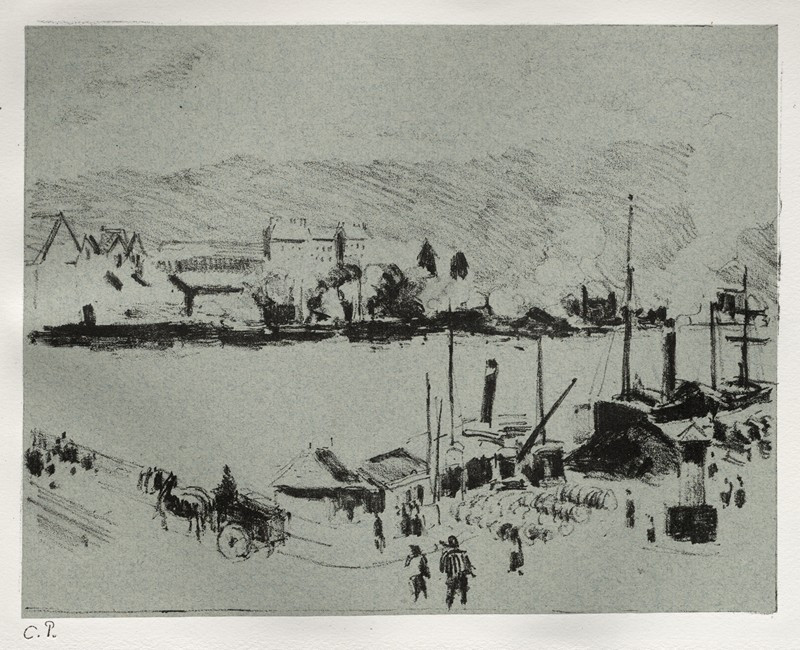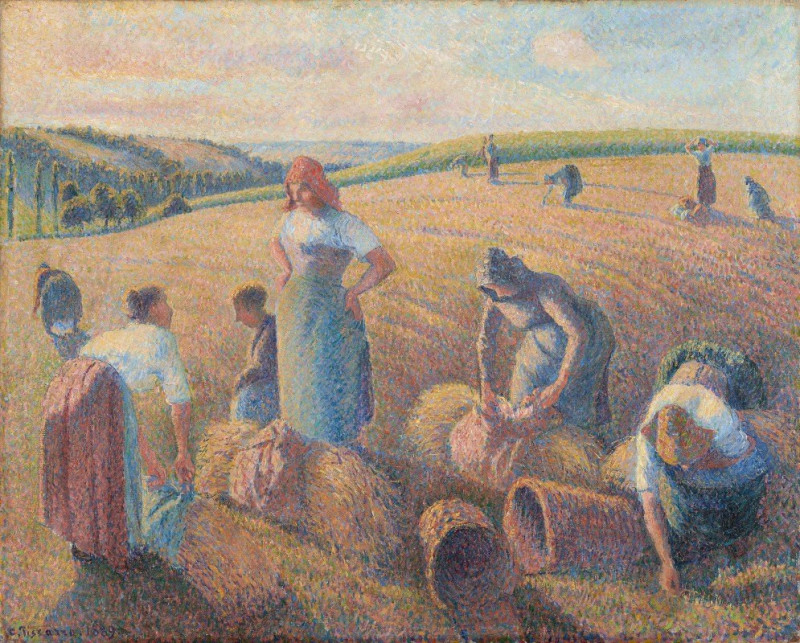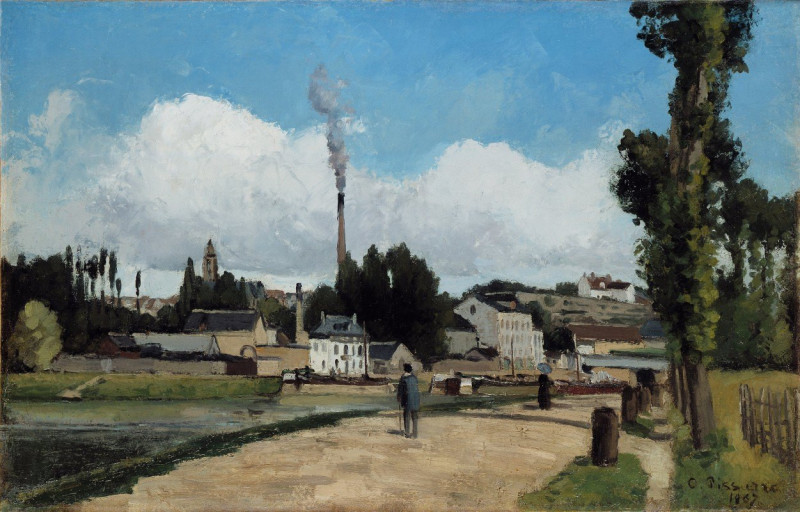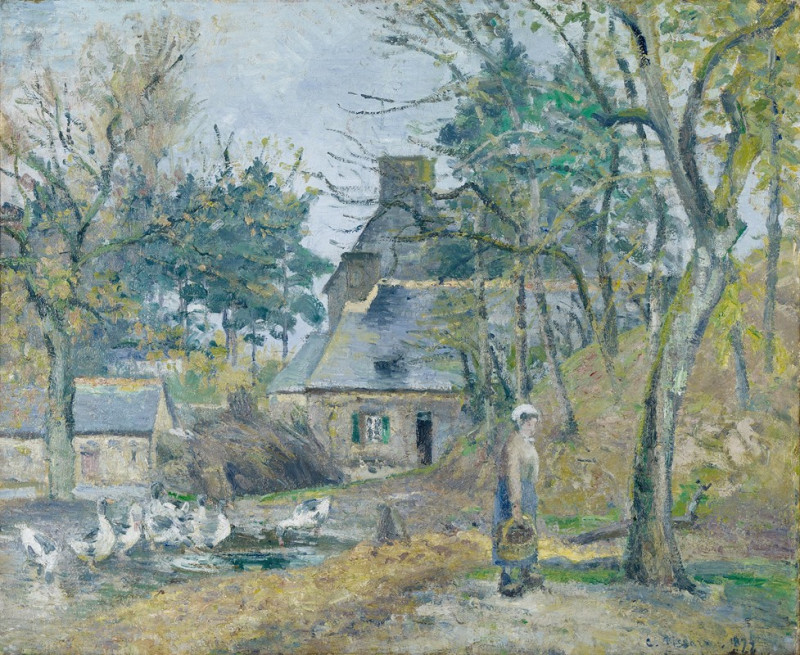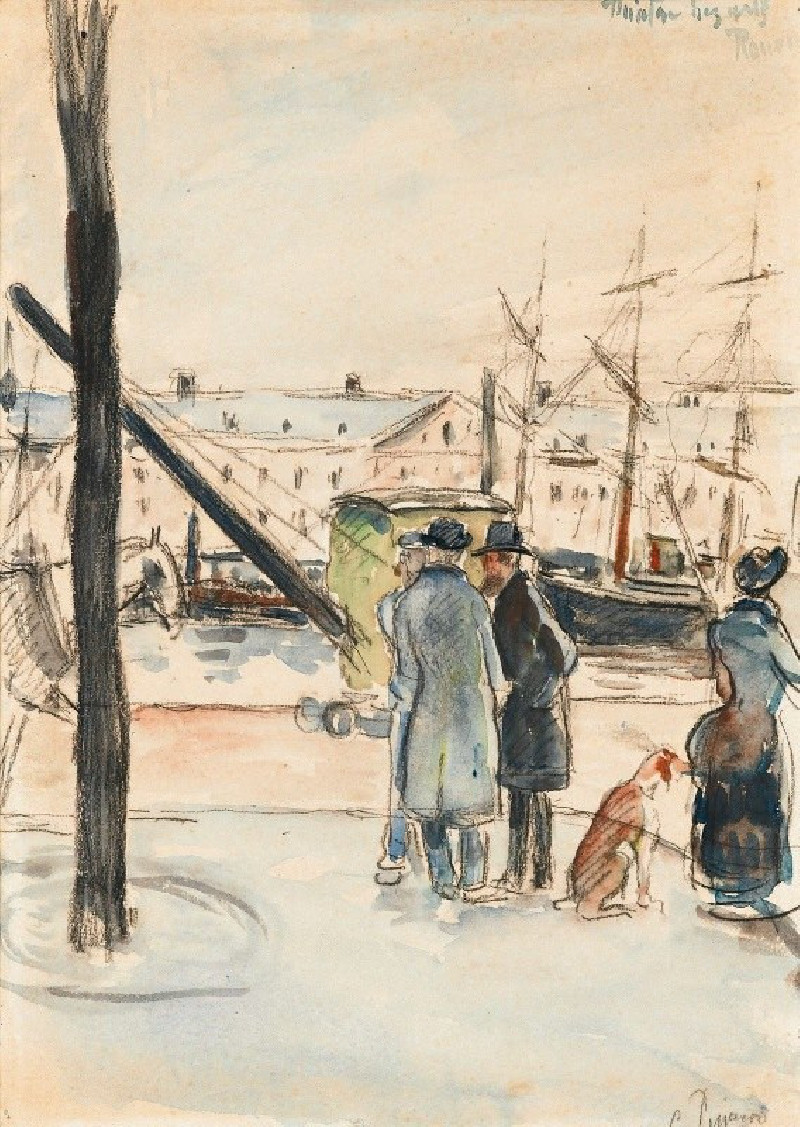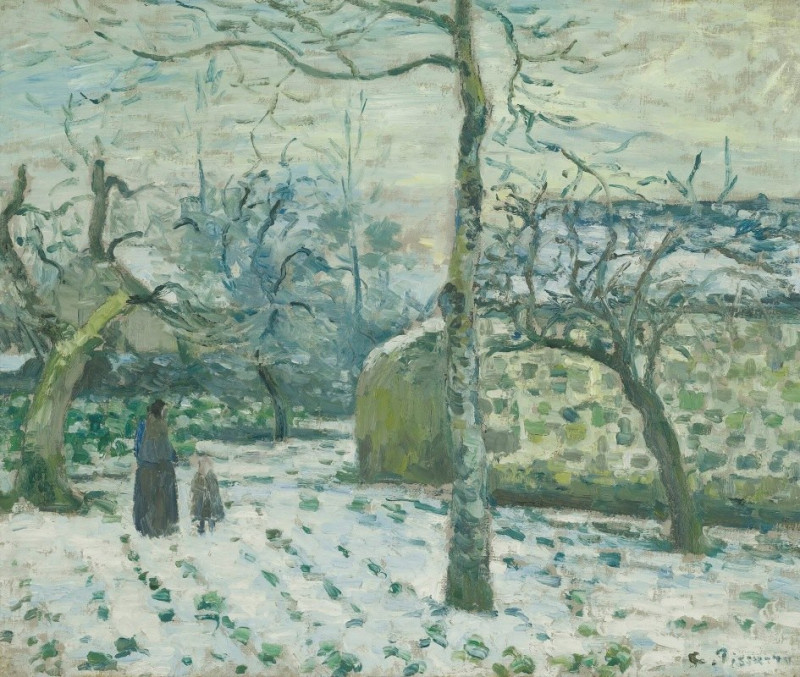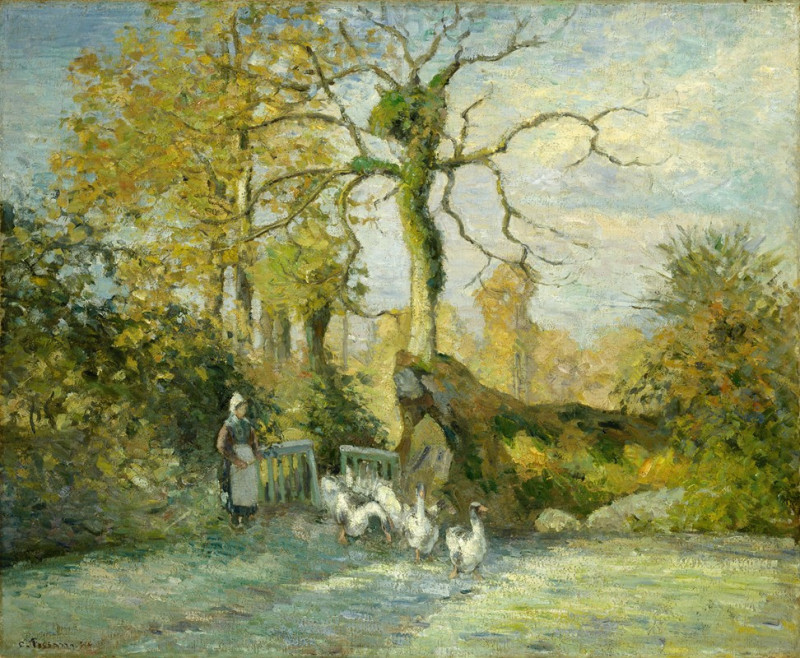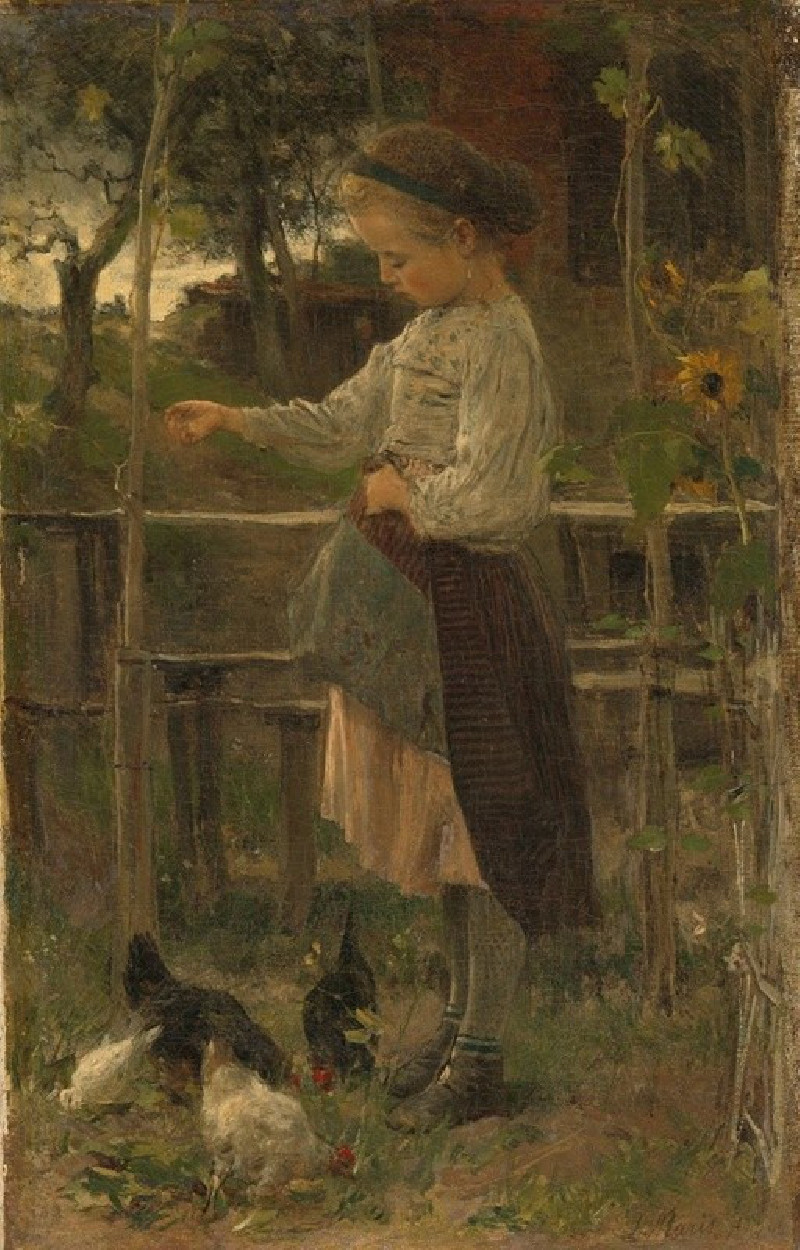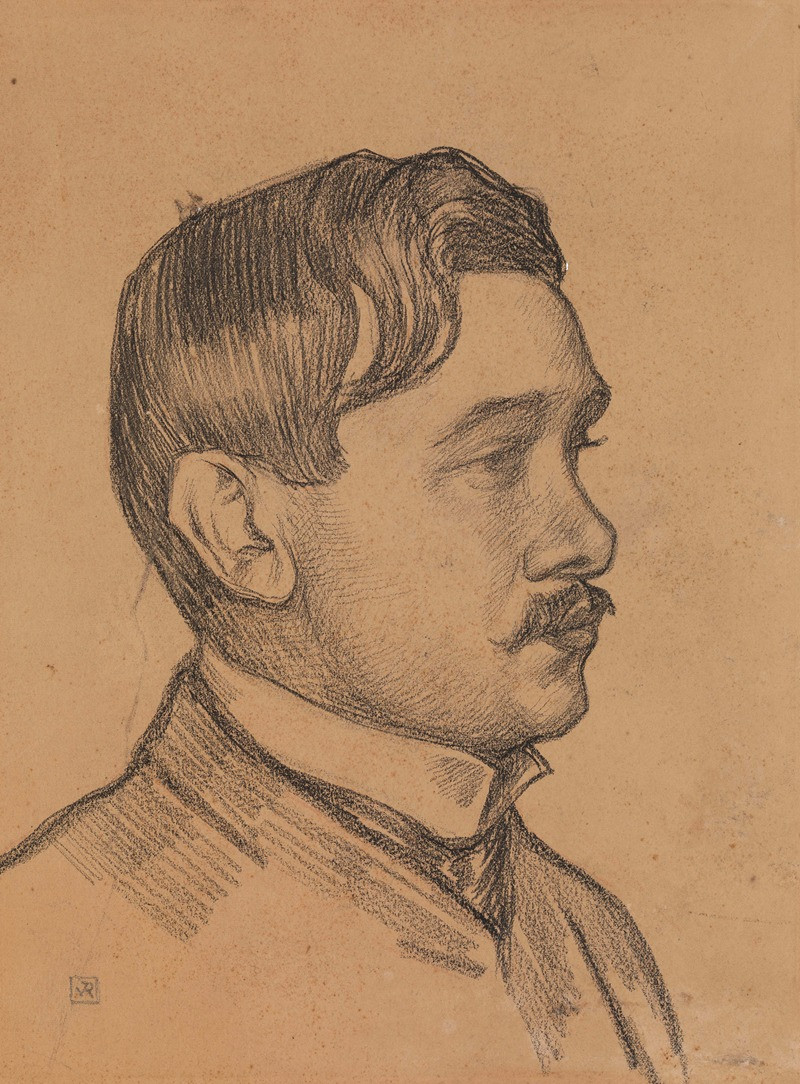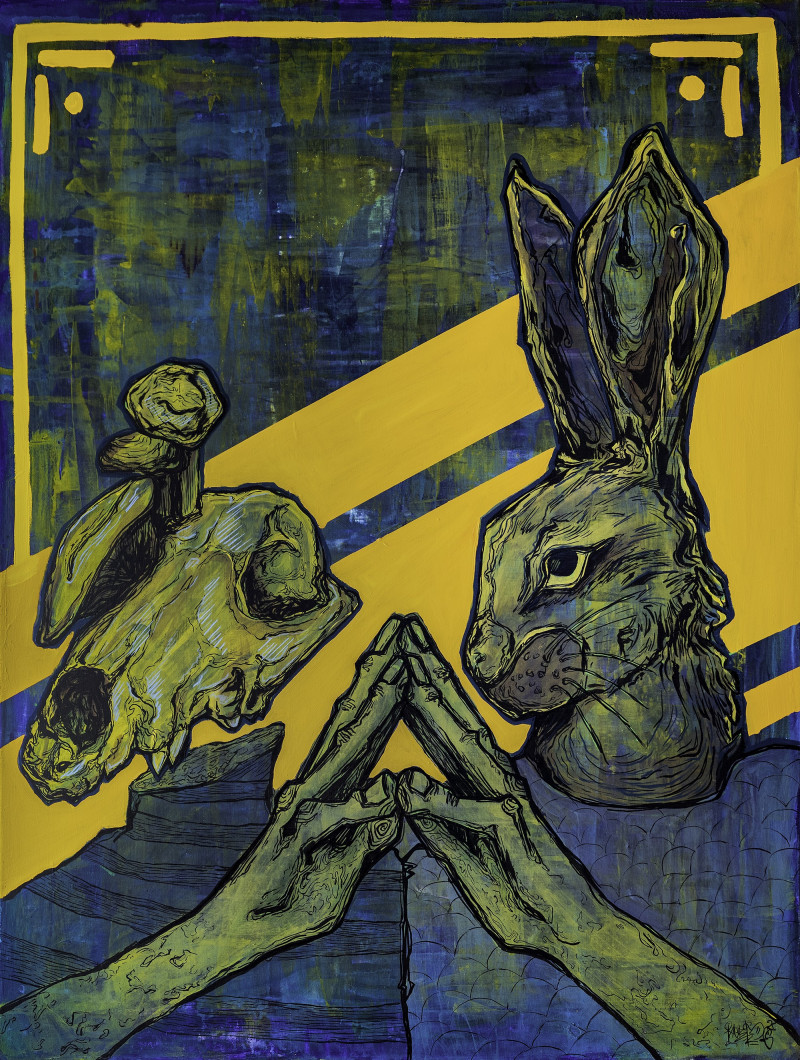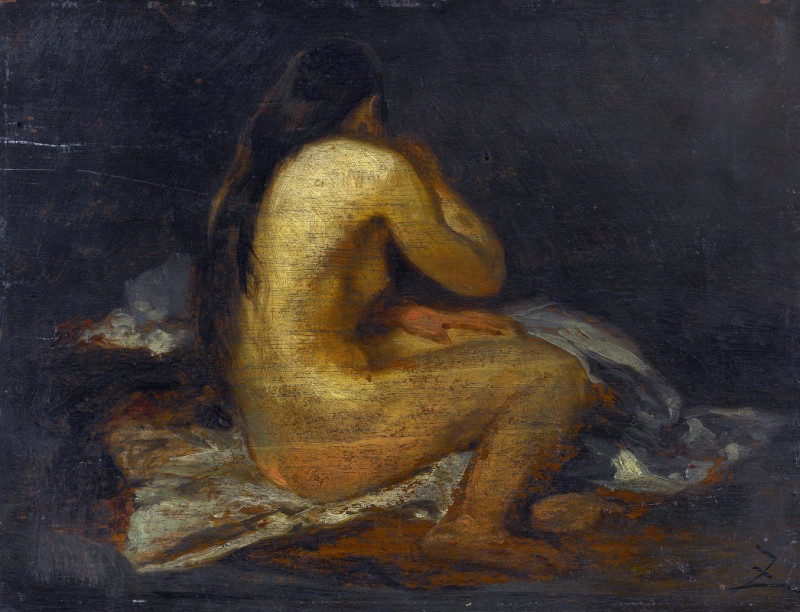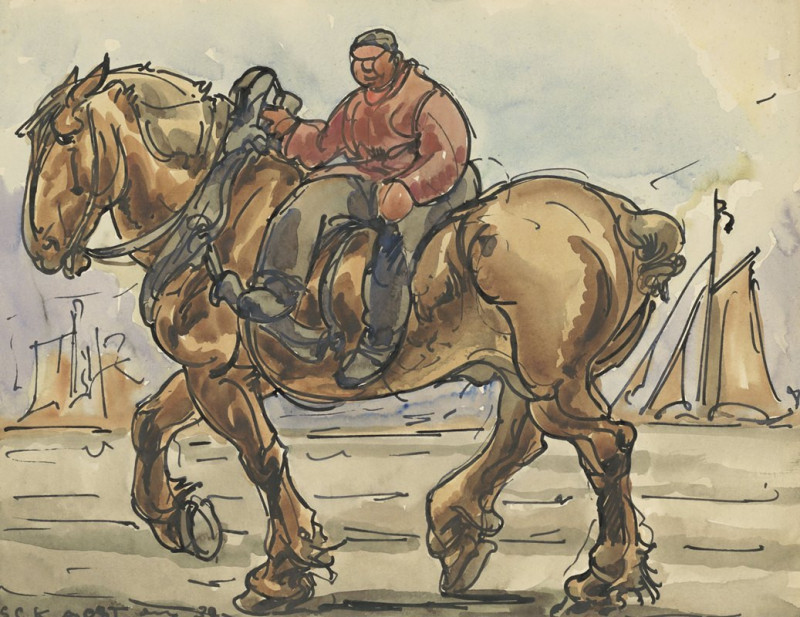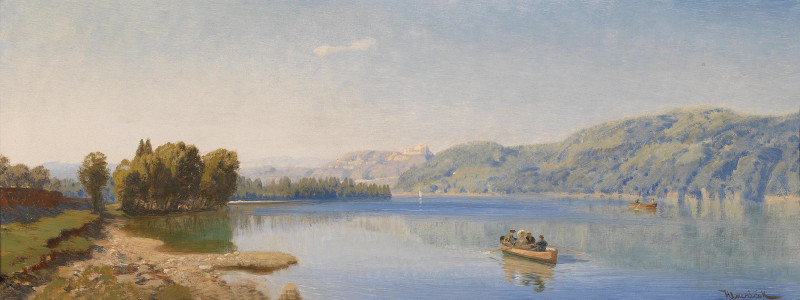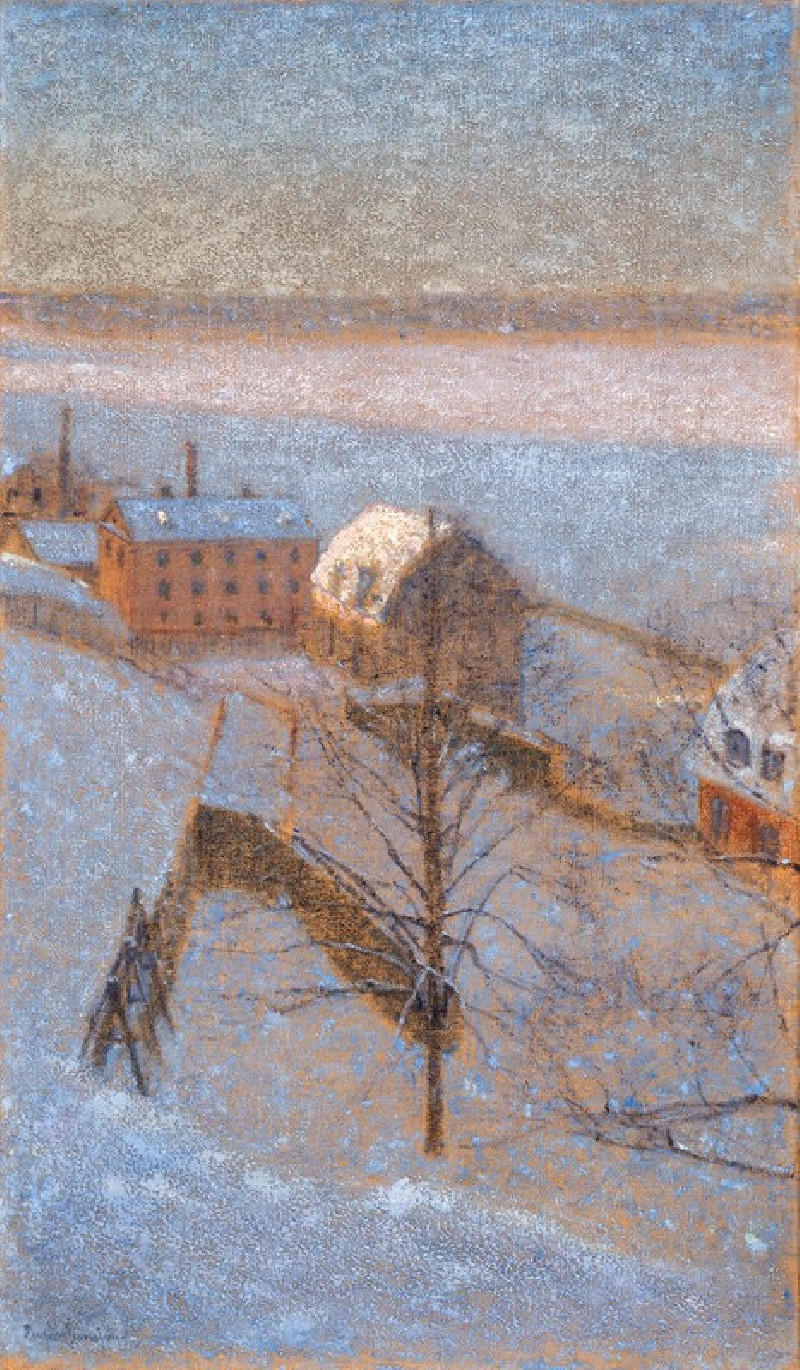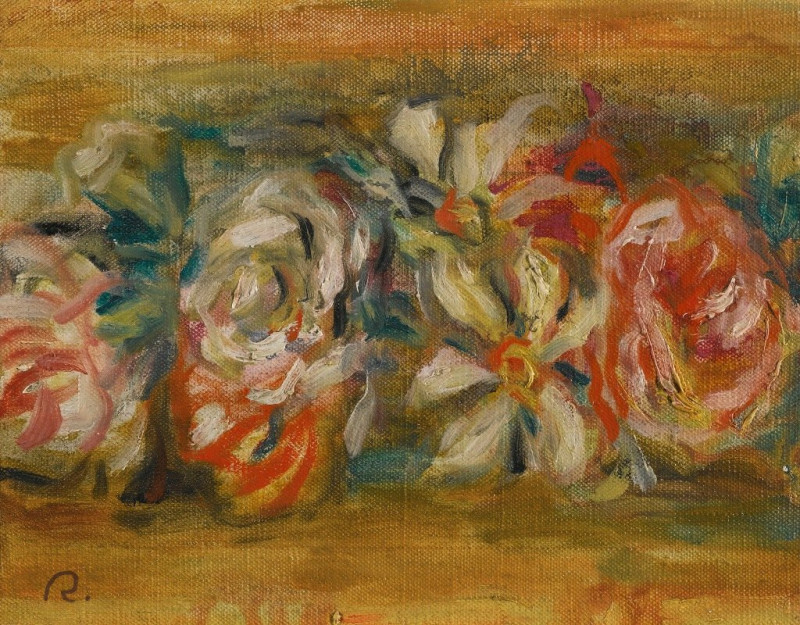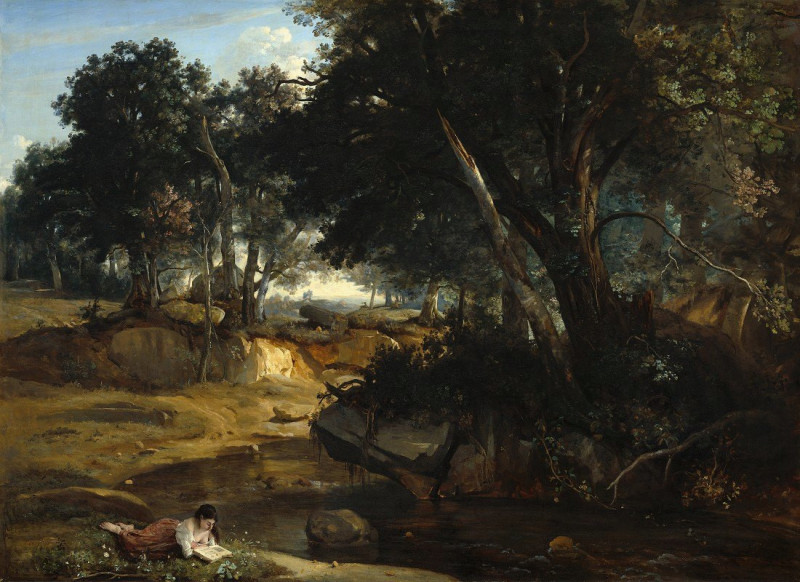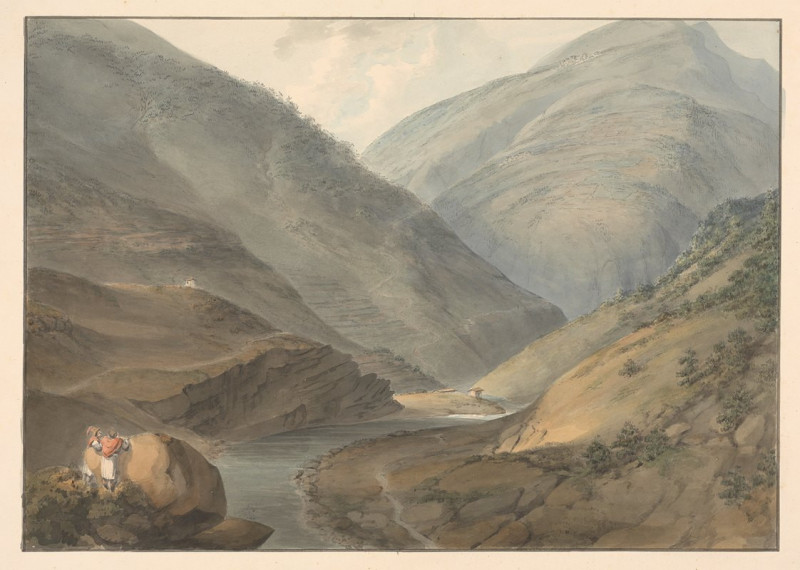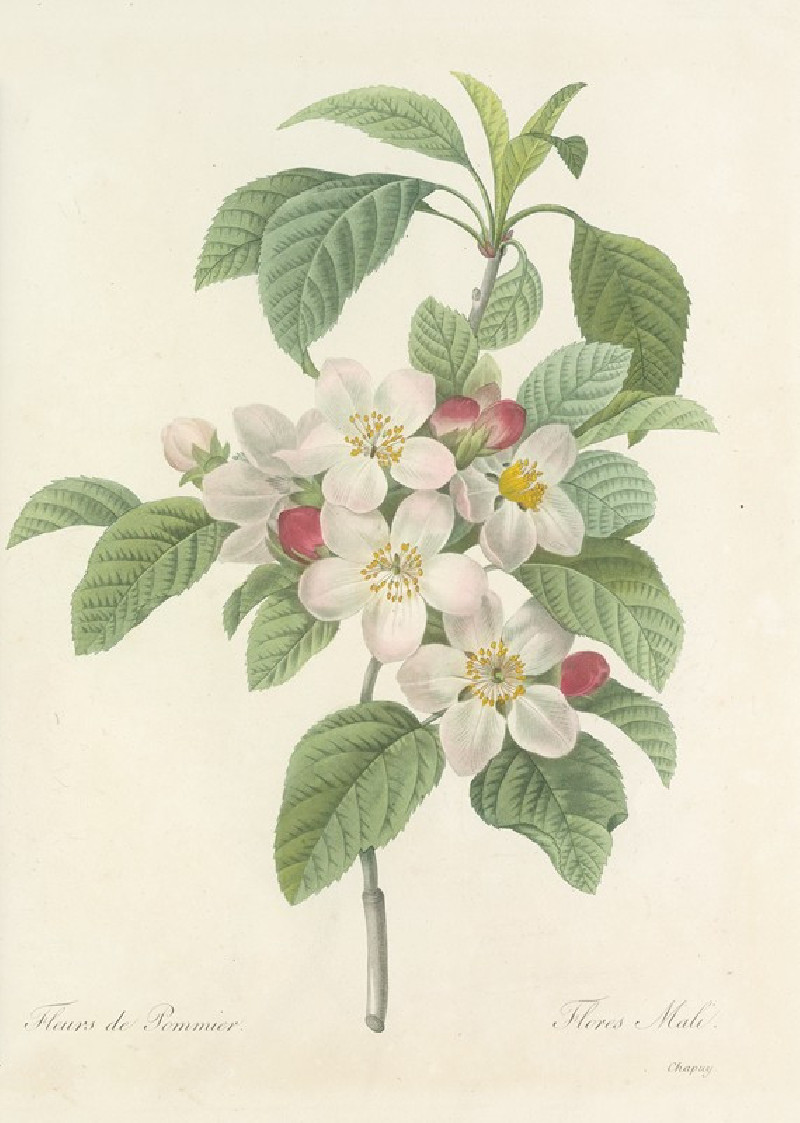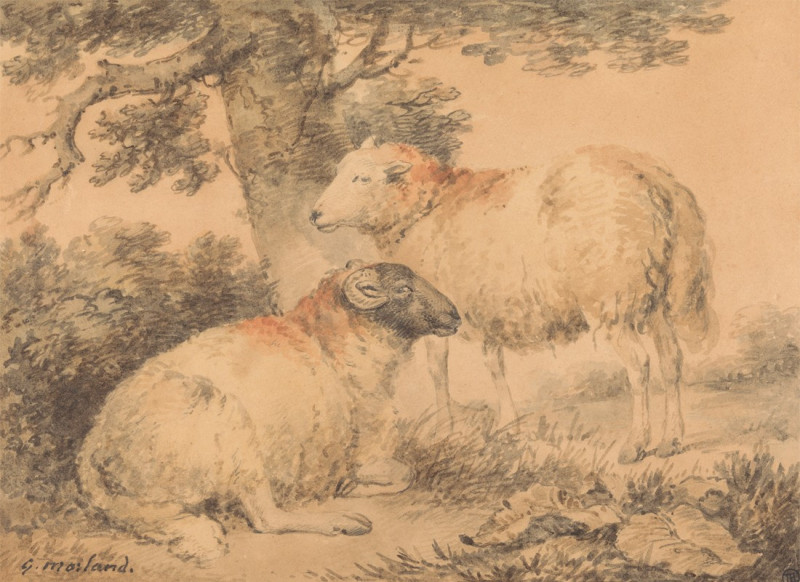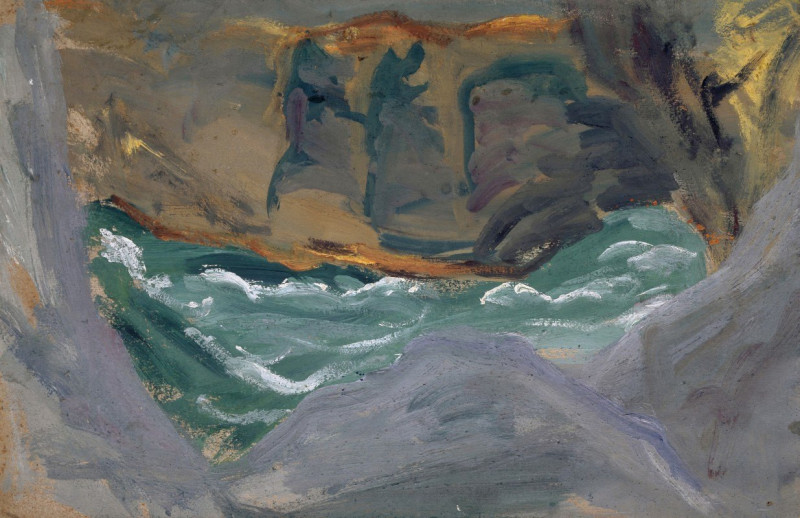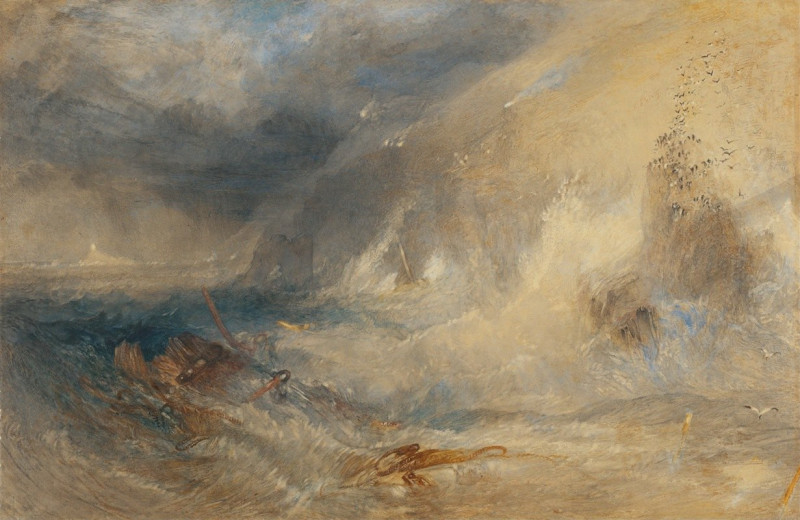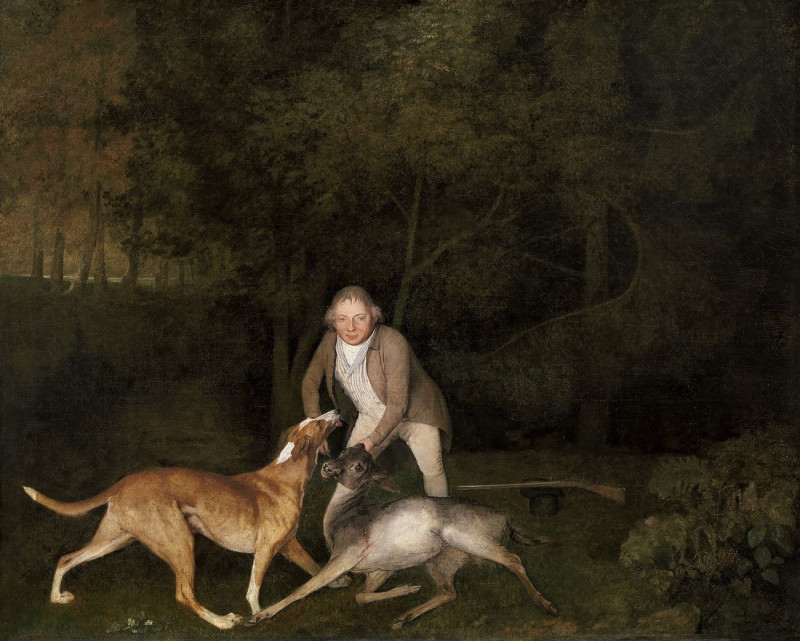Fishmarket (1902)
Technique: Giclée quality print
Recommended by our customers
More about this artwork
"Fishmarket" by Camille Pissarro, painted in 1902, is a vibrant depiction of daily life teeming with activity and the rhythmic hustle of a marketplace. This painting captures a scene bustling with people engaged in the lively commerce of a public market. Set against the backdrop of traditional European architecture, the painting showcases a bustling square that seems to extend infinitely into the landscape.Pissarro's mastery in using loose brush strokes gives life to the variety of figures and elements within this marketplace. Each stroke, while seemingly casual, is meticulously placed to create an illusion of movement and depth. The market, filled with merchants, buyers, and bystanders, is illustrated through a palette that combines earthen tones with pops of brighter colors, emphasizing the dynamic atmosphere.This scene is particularly charged with the energy of an early morning, suggested by the soft, diffused light that fills the sky and casts gentle shadows on the buildings and the square. A notable feature is the central building, possibly a fishmonger's pavilion, that serves as a focal point around which the crowd gathers and interacts.Pissarro's "Fishmarket" is not just a mere representation; it acts as a window to the past, providing us a glimpse into the everyday life at the turn of the century, encapsulating the essence of the time period with emotional depth and historical accuracy. This work invites viewers to pause and immerse themselves in the chaotic beauty of a day at the market, reflecting Pissarro’s continuous fascination with rural and urban convergence.
Delivery
Returns
Blessed are they who see beautiful things in humble places where other people see nothing. — Camille Pissarro
Camille Pissarro (1830-1903) was born on St.Thomas (now the US Virgin Islands) to a Portuguese father and a Dominican mother. He went to Paris to study art at Ecole des Beaux-Arts. He was an early pioneer of pointillism and neo-impressionism and later became a mentor of many famous impressionist painters including Cezanne, Manet, Renoir, and Gauguin. His paintings depicted rural and urban French landscapes and lifestyle. Many of his works politically captured images of peasants and laborers. Today, he is considered the father of impressionism.

